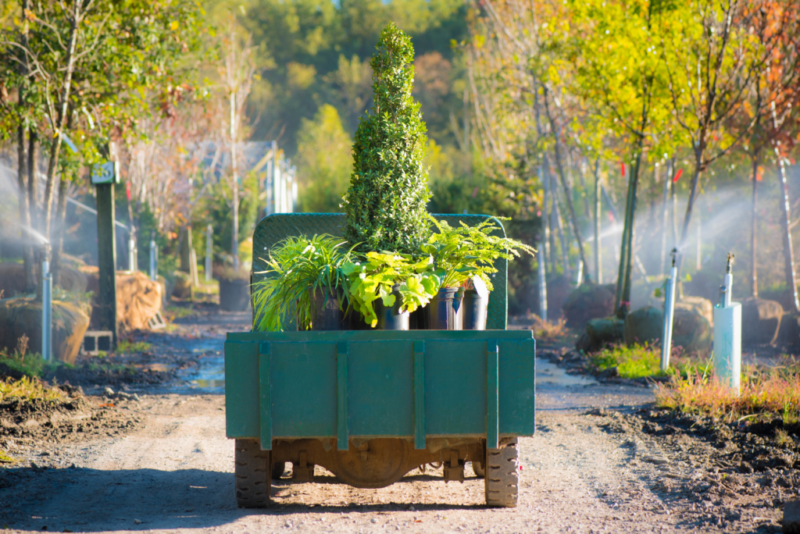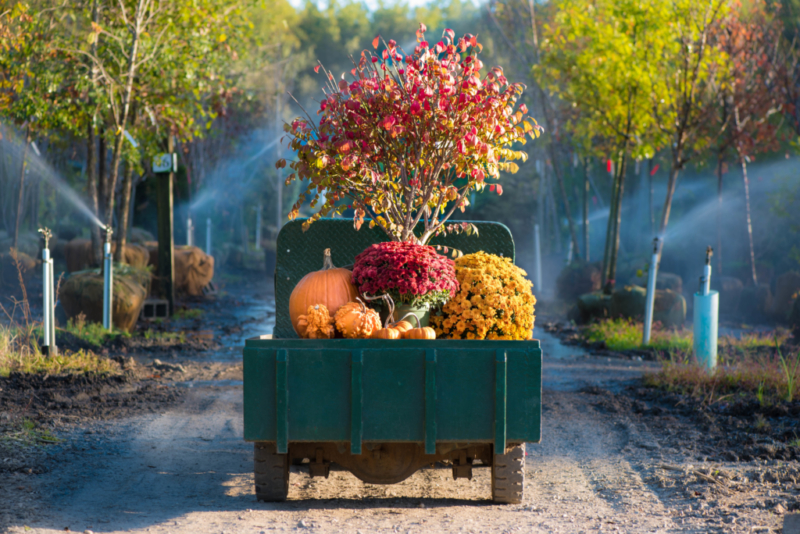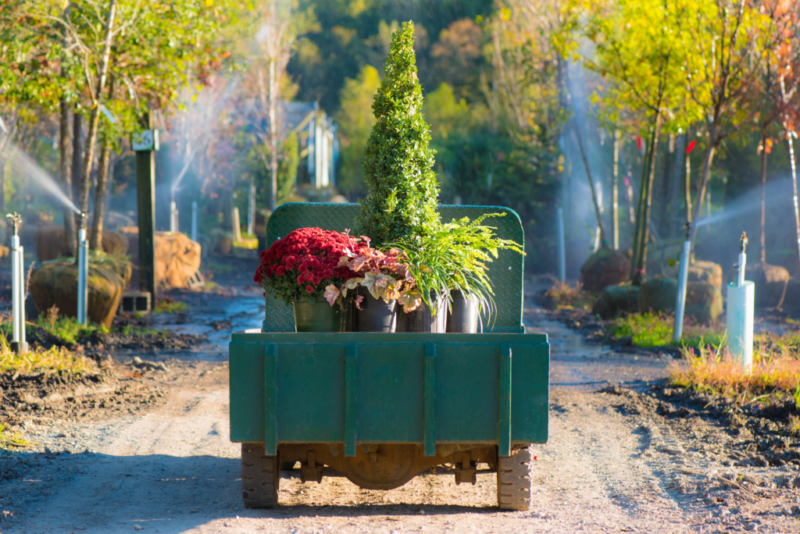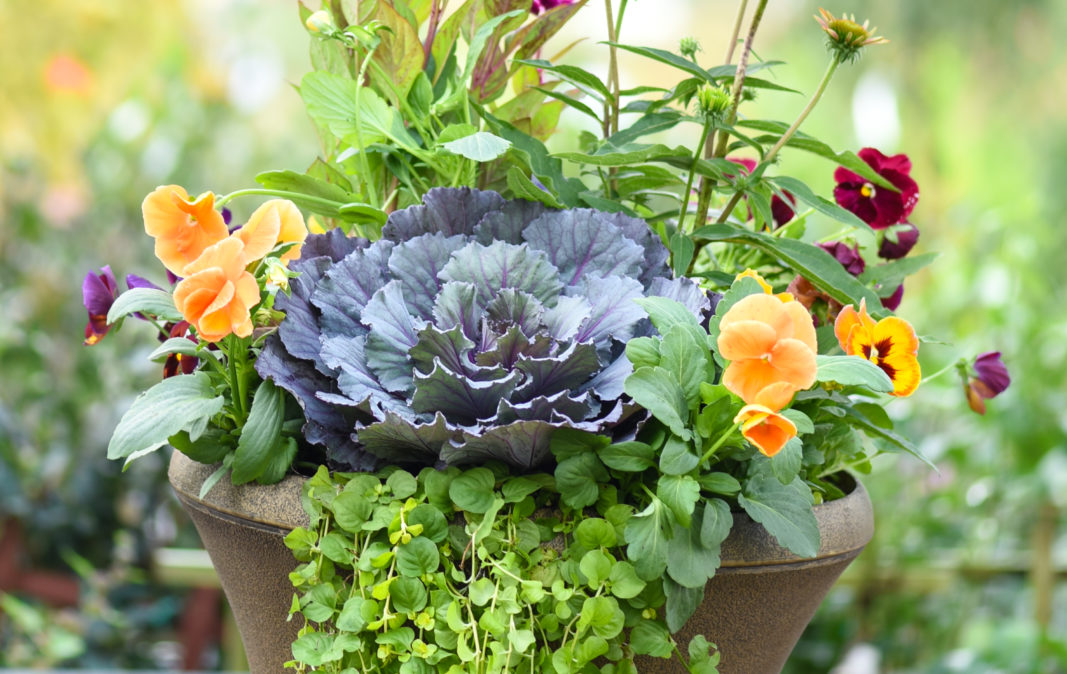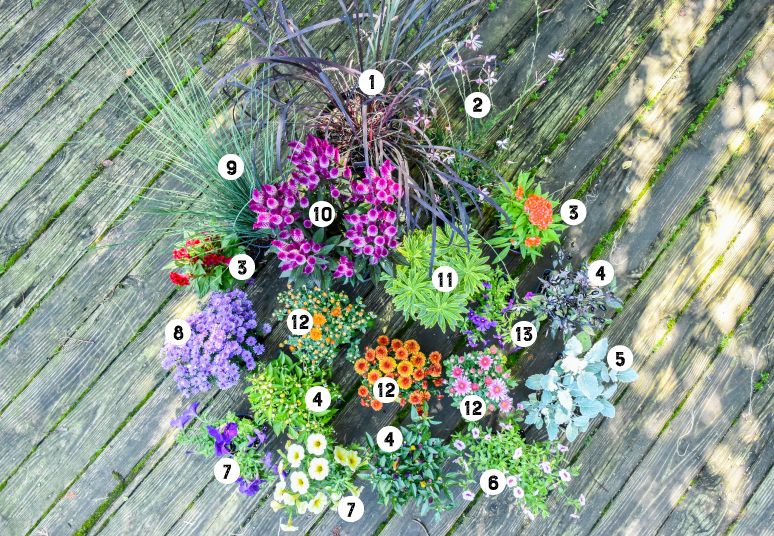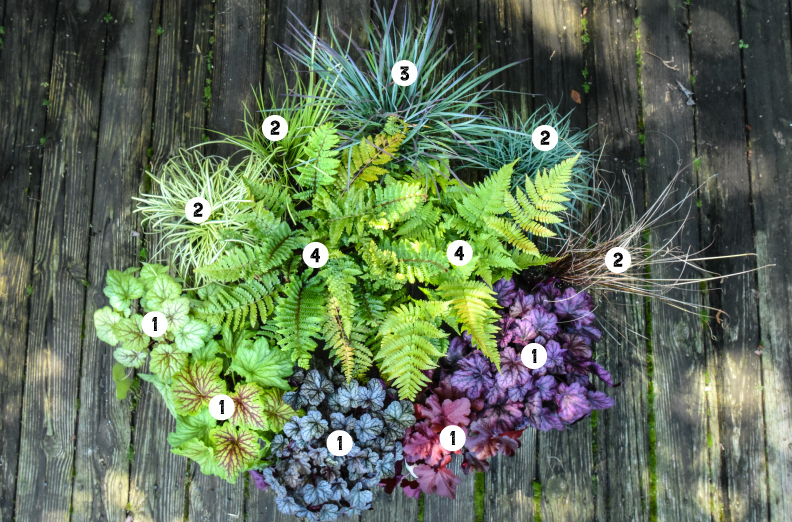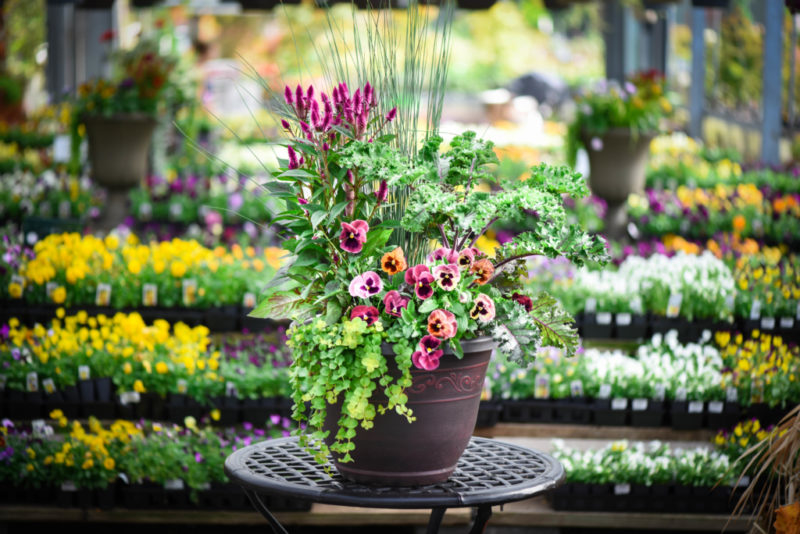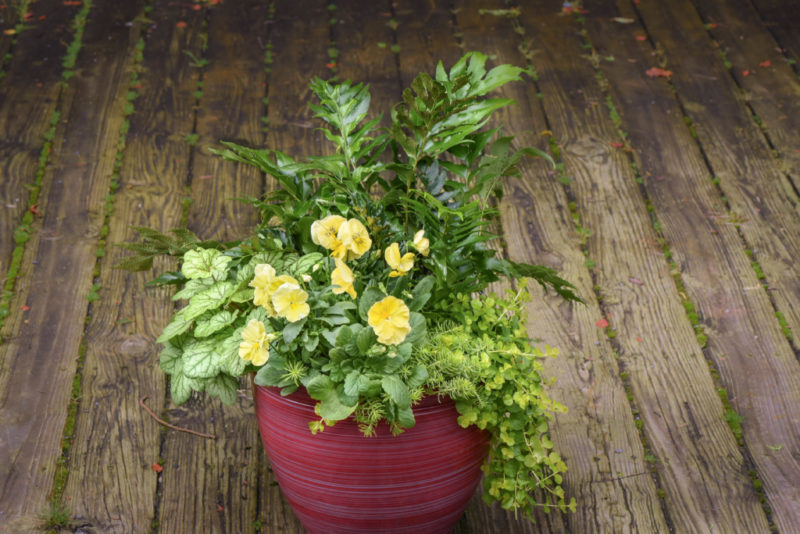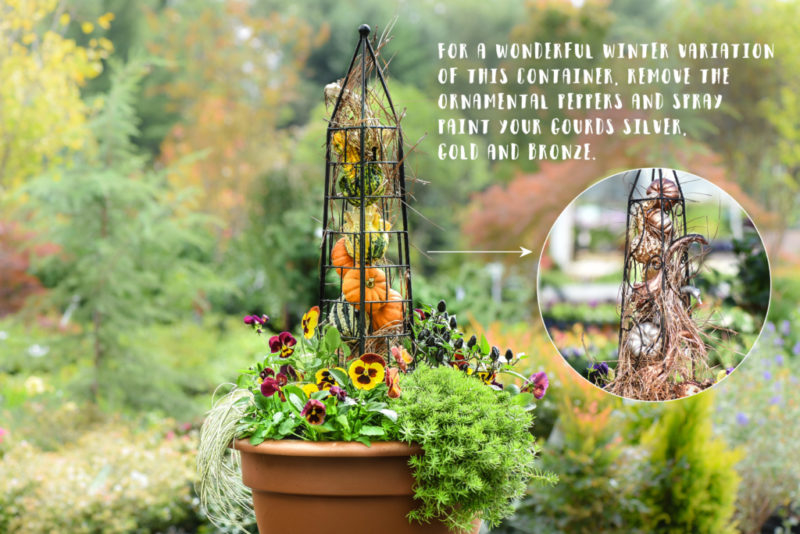Coordinating Color for a Fantastic Fall Garden
One of the most difficult things to do when designing a garden bed or container is figuring out which plant combinations to use. With so many beautiful plant types and varieties to choose from, how do we narrow it down to a few that will really look great together? Quite often, we end up gravitating towards plants that catch our eye, but end up clashing in the garden. The fall can be especially overwhelming, with the bold reds, crisp yellows, and bright oranges of the season. It is easy to get carried away with all the new colors that the season offers. By no means does this mean you need to shy away from them. As a landscape designer, I often refer back to the basics of color theory to inspire and direct beautiful color combinations in the garden. You too can use these guidelines to create a stunning display of fall color!
The Basics of Color
Just like selecting a wall paint or window dressing for your living room, carefully combining colors in an outdoor space can help you create a cohesive design composition. Here are the three basic color combinations that I often refer to during the design process (discussed in more detail below):
- Monochromatic
- Analogous
- Complementary
These color schemes are formed based on the color wheel, which many of you are probably familiar with:
The color wheel depicts primary (yellow, blue, red), secondary (orange, green, purple), warm (yellow, red, orange) and cool (blue, green, purple) colors. Complimentary colors are those that opposite each other on the wheel.
Combining Colors for Fall Beauty
You can use color theory to combine plants in any way you want at any time of year. Since it’s fall, I’ve selected a few of my favorite seasonal plants to illustrate monochromatic, analogous, and complimentary schemes. These plants look beautiful together, but by separating out the plants we can create a variety of distinct styles in our gardens.
Monochromatic with Green Foliage
A monochromatic scheme incorporates only one color and its values. By selecting various shades, we can create a strong, cohesive visual effect. One of the most commonly used monochromatic designs in landscaping is variations of green in a shady part of a garden. Using green in these spaces enables us to use a wide variety of shade-friendly foliage plants. The combination pictured above includes boxwood, liriope, a green foliage heuchera, and a fern.
Analogous with Red and Orange Foliage, Blooms and Pumpkins
Analogous colors can be found next to each other on the color wheel. Using this combination creates a pleasingly harmonious variation. Color combinations of this type generate a pleasing energy in the garden without using too many colors. Here, I’ve combined orange and red for a display of fall color using pumpkins, mums and a burning bush.
Complementary Colors
Pair the opposing colors on the color wheel for an undeniably bold approach to gardening. Complementary colors “complement” each other by making the other color appear more intense. If you are looking for a high energy space, pairing complementary colors in your garden is a great start. In a fall garden, combining red and green is a great choice. In the photo above, I’ve paired the green foliage of liriope and boxwood with the red foliage of heuchera and the red blooms of fall blooming mums.
Have Fun and Try a Variety of Combinations
While the color schemes used in this post are a great starting point, I always encourage gardeners to try out whatever color scheme makes them happy. The point is to have fun with color and make a beautiful garden you love!




